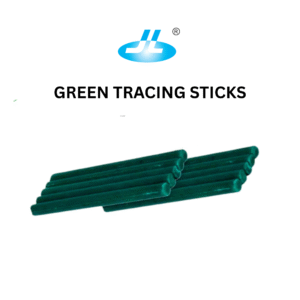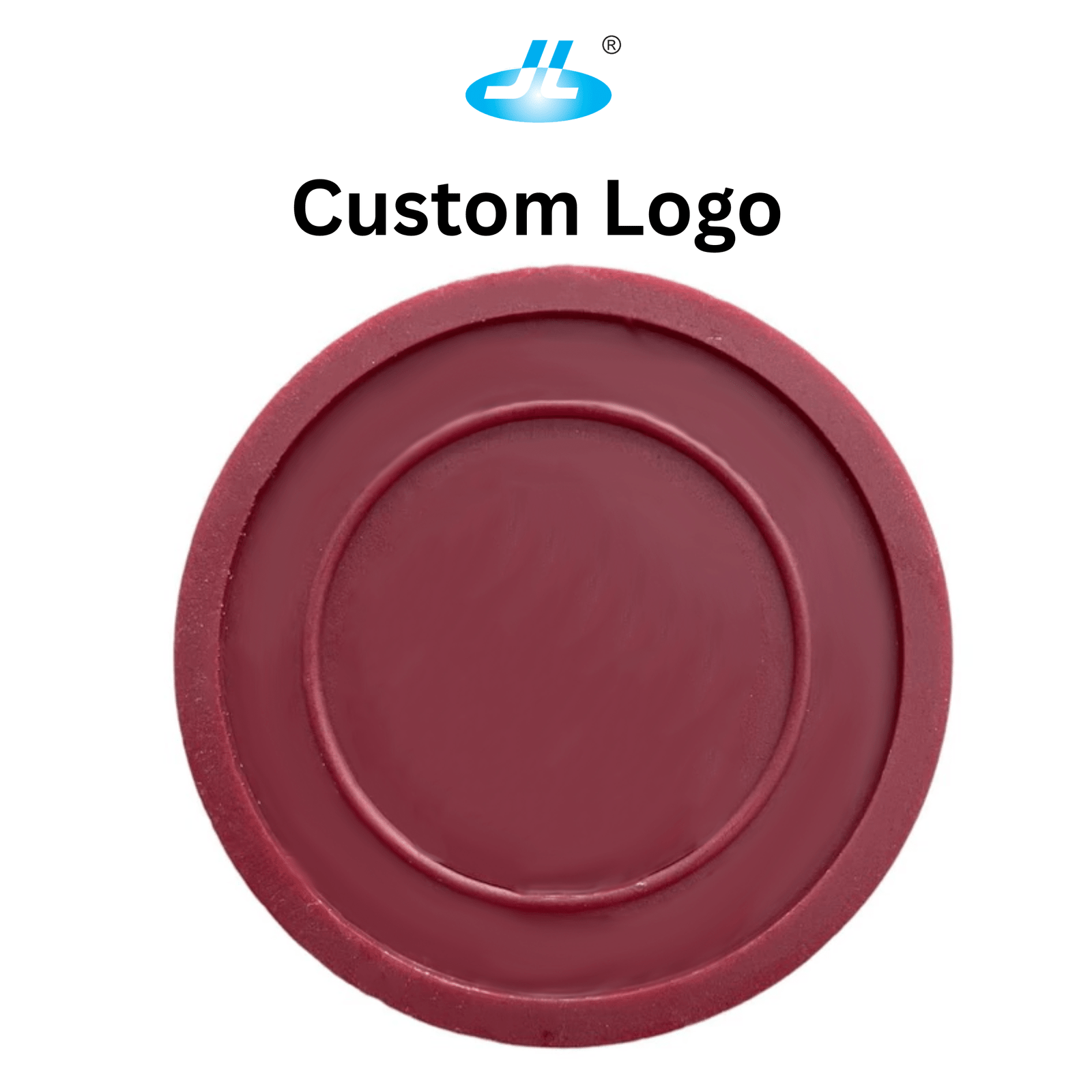Coat and protect the wire
Round wire wax is a type of wax used to coat and protect the wire. It is typically used in electrical and mechanical applications to provide insulation and prevent corrosion. The wax is applied to the wire in a thin, even layer and is allowed to harden, creating a protective barrier around the wire. Round wire wax is available in different formulations to suit different wire sizes and materials, and it is often used in conjunction with other protective coatings or finishes.
Casting process
In the casting process, wax wire is used to create a pattern of the desired casting shape. This pattern is then used to create a mold, which is typically made of a material such as plaster or sand. The mold is used to shape the molten metal into the desired shape as it cools and solidifies.
To create the sprues, the wax wire is melted and poured into the mold, forming small channels that connect the main body of the casting to the surface of the mold. These channels allow the molten metal to flow into the mold and take on the shape of the casting as it cools.
After the casting is complete, the wax is melted out of the mold, leaving behind a porous structure in the casting. This structure can then be filled with metal or other materials to strengthen the casting and improve its structural integrity.
Wax wire is a useful material for creating sprues because it is easily melted and poured, and it leaves behind a porous structure that can be easily filled in during the casting process.
Methods for using dental wax wire
There are several different methods for using dental wax wire, depending on the specific application. Here are a few examples:
- Model making: Dental wax wire is often used to create models of teeth or dental appliances. To do this, the wax wire is shaped and molded by hand or with the use of special tools to create the desired shape. The model is then used as a reference or template for creating the final product.
- Temporary restorations: Dental wax wire can be used to create temporary restorations, such as crowns or bridges, to be worn while a permanent restoration is being fabricated. To create a temporary restoration, the wax wire is shaped and molded to fit the tooth or teeth and is then secured in place with temporary cement.
- Repairs: Dental wax wire can also be used to make temporary repairs to broken or damaged teeth. To do this, the wax wire is shaped and molded to fit the tooth and is then secured in place with temporary cement.
In general, dental wax wire is used in a similar way to other types of wax wire, with the specific application and method of use depending on the intended purpose.
Advantages to using dental wax wire for model making
There are several advantages to using dental wax wire for model-making in the field of dentistry. Some of the benefits include:
- Precision: Dental wax wire is a highly precise material that allows for the creation of detailed and accurate models of teeth and dental appliances. This is important for ensuring that the final product fits properly and functions as intended.
- Versatility: Dental wax wire is a versatile material that can be shaped and molded into a wide range of forms and structures. This allows for the creation of a wide variety of models and allows for flexibility in the design process.
- Cost-effectiveness: Dental wax wire is typically less expensive than other materials that might be used for model making, making it a cost-effective choice.
- Ease of use: Dental wax wire is relatively easy to work with, making it a user-friendly material for model making. It can be shaped and molded by hand or with the use of specialized tools, and it is relatively forgiving if mistakes are made.
Different types of dental wax are available
Dental wax is a type of wax that is used in the field of dentistry for a variety of purposes. It is a malleable material that can be shaped and molded by hand or with the use of specialized tools, and it is commonly used to create models of teeth or dental appliances, make temporary restorations or repairs, and take impressions of the teeth and mouth.
There are different types of dental wax available, including baseplate wax, which is used to create a foundation for dental appliances; modeling wax, which is used to create detailed models of teeth and other structures; and occlusal wax, which is used to create custom bite records.
Dental wax is an important tool in the field of dentistry, as it allows for the creation of precise and detailed models and structures that are used in a variety of treatment and care applications. It is also a cost-effective material that is relatively easy to work with, making it a popular choice for many dental professionals.




